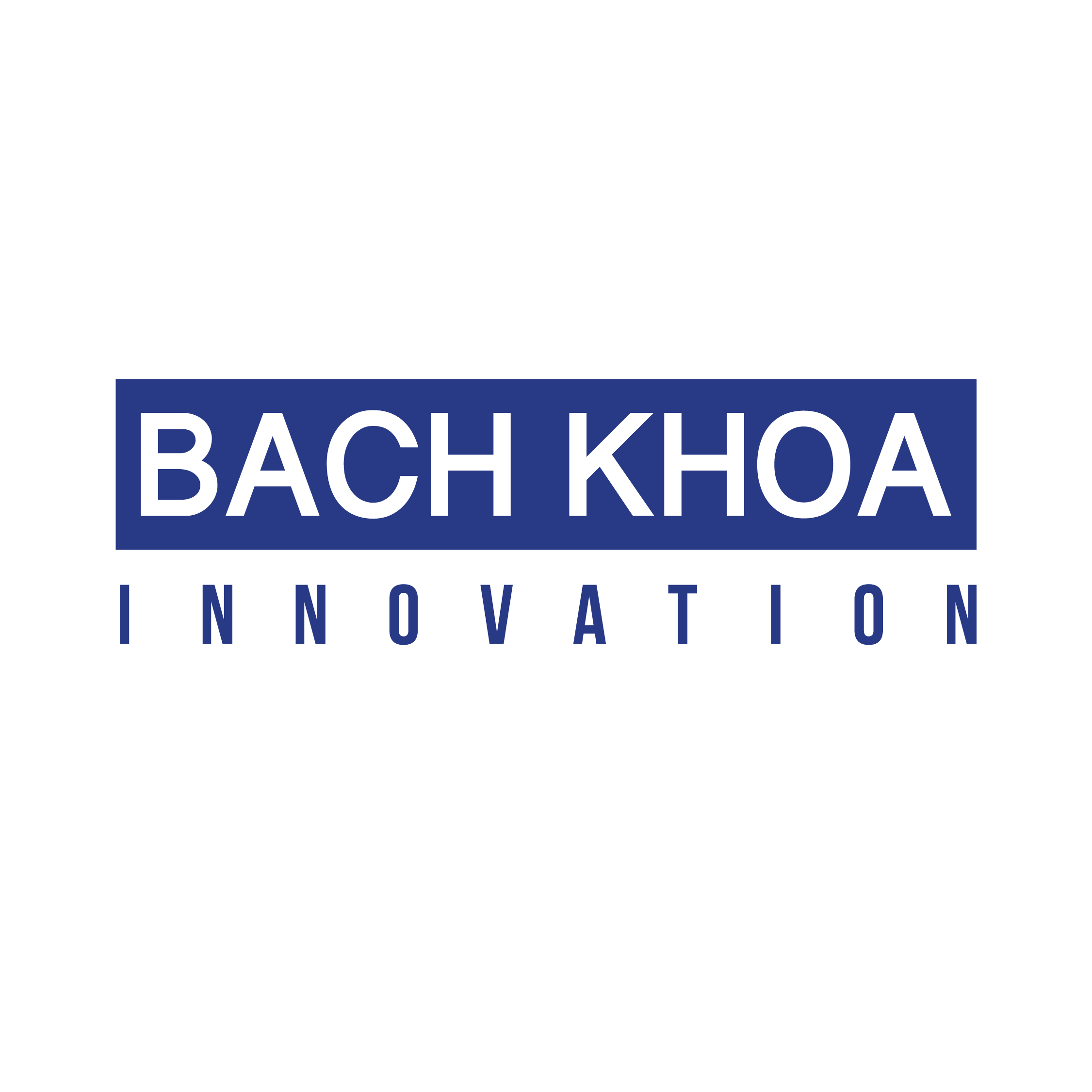Competition Regulations
I. Category Tables
The participating teams register for the competition in one of three category tables: Startup, University Student, or High School Student:
| High School Student Category | Teams of high school students from domestic and international institutions. |
| University Student Category | Teams of university students, recent graduates (within two years of graduation at the time of registration), and postgraduate students from domestic and international universities. |
| Start-up Category | Domestic and international startup teams (businesses with a registered license from January 2020 onward). |
| U-I Category | Challenges in science & technology areas organized by HCMUT & partners. |
II. Competition Rules/Regulations
1. Participant Groups/Competition Groups
- Competition Group Rules/Regulations
- Teams must register with 03 to 06 members;
- Each member can participate in no more than 02 projects;
- The team leader is the official representative and communicates with the Organizing Committee (OC).
Any changes to team members, team leaders, or the competing team must be reported at least 2 weeks before the Final Round and require approval from the OC.
2. Registered Project
Eligibility Criteria for Registered Projects:
- The project must demonstrate innovation in products, processes, business models, or marketing methods (as defined by the Organization for Economic Co-operation and Development) and can belong to any field.
- The project must not violate any existing Intellectual Property laws.
- Projects that have won a Third Prize or higher in similar or higher-level competitions are not eligible to participate.
3. Media Guidelines
– The Organizing Committee (OC) can use videos, images, and general information about registered projects for promotional purposes, including publication, introduction, and communication on the competition’s media platforms, mass media, or related promotional events.
– If a finalist team consists of members from multiple universities, they may only reference the team leader’s university and the mentor’s university (if applicable) in their media communications.
– Before participating in the competition, teams must sign a commitment agreement to comply with the media regulations set by the OC.
4. Judging Criteria
4.1. High School Student Category
- Innovation – Introducing a unique and creative idea that improves existing solutions.
- Prototype (encouraged) – Demonstrating the idea with a prototype or model to showcase feasibility.
- Market Feasibility – Understanding the target market and demonstrating real-world potential.
- Team & Advisors – A strong, well-structured team with expert guidance.
- Presentation – Delivering a compelling, clear, and engaging pitch.
4.2. University Student Category
- Innovation – A breakthrough idea that transforms industries or solves critical challenges.
- Prototype – A tangible demonstration of the solution in action.
- Market Feasibility – Identifying a viable market, analyzing competitors, and defining a strong strategy.
- Business Model – A clear value proposition, sustainable revenue model, and financial viability.
- Team & Execution – Skilled, committed team members who can execute the vision.
- Presentation – A structured, persuasive, and professional pitch.
4.3. Start-up Category
- Innovation – A disruptive and scalable solution that stands out from competitors.
- Prototype & Validation – A well-developed prototype with real-world application.
- Market Strategy – A data-backed market entry plan and a straightforward customer acquisition approach.
- Business & Financial Model – Solid revenue strategies, key financial metrics, and long-term sustainability.
- Team & Leadership – A capable team with domain expertise and strong commitment.
- Presentation – A compelling, well-structured pitch that captures investor interest.
